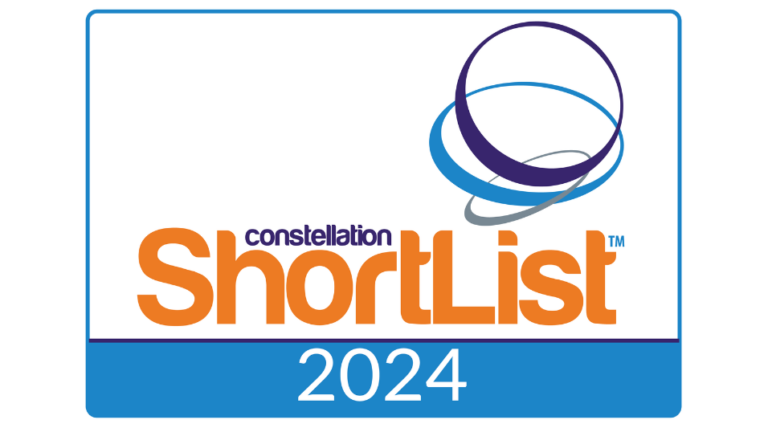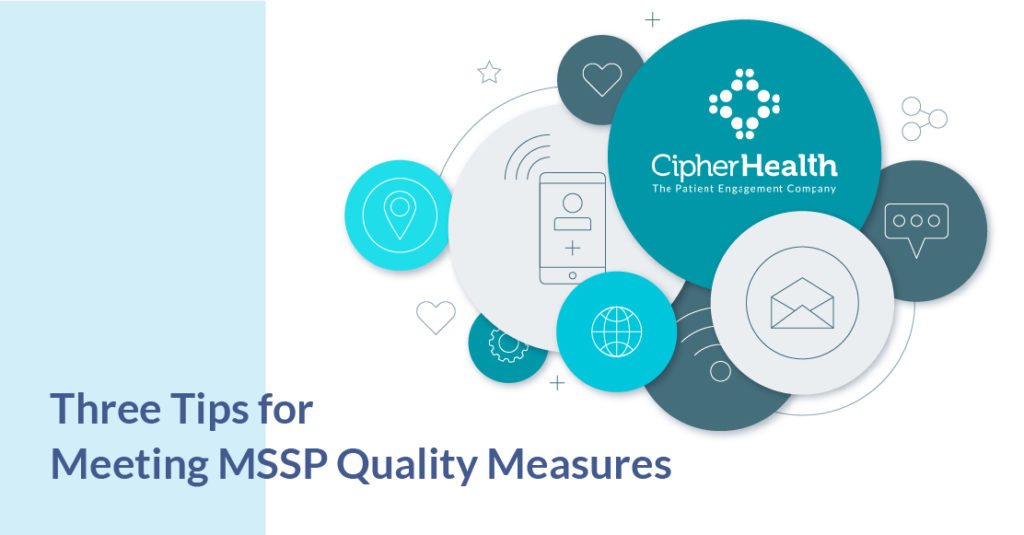For MSSP ACO Participants, it is critical to ensure that resources are being utilized as efficiently as possible to achieve positive outcomes. The Medicare Shared Savings Program (MSSP) is designed to incentivize value-based care and the measures used are meant to help guide participating organizations towards success.
Across the American healthcare industry, all organizations are working towards Quadruple Aim goals – improving the health of populations, reducing the total cost of care, enhancing patient and family experiences, and engaging and satisfying staff members. For MSSP participants, they are working collaboratively, across networks and their own four walls, to achieve these goals for some of the nation’s most vulnerable populations.
To meet MSSP quality measures and reap the rewards of shared savings and avoid shared losses, Accountable Care Organizations must do the following:
- Proactively Identify Potential Care Gaps
- Engage Patients Consistently
- Collaborate Across Care Team Members and Care Settings
Proactively Identify Potential Care Gaps
When it comes to meeting MSSP quality metrics, it is important to stay proactive in meeting goals. By leveraging claims, EMR, and HIE data, participating ACOs can anticipate where there may be gaps in getting patients the care they need to stay healthy.
Engage Patients Consistently
As we have explored, patient engagement is a key to ACO success. By engaging patients consistently, you can create habits of identifying issues before they occur, as well as showing patients they can rely on your organization to guide them in their care. This trust will help ensure patients receive timely treatment and further help meet current and future quality metrics.
Collaborate Across Care Team Members and Care Settings
As a participant in MSSP, there are certain measures that would require ACOs to partner with providers, Community Based Organizations (CBOs), and other healthcare entities that hospitals or physician group have not typically worked with extensively. Coordinating across entities can be extremely challenging with disparate data systems and lack of information sharing. To truly drive cost savings and meet quality metrics, care team members must have ways of communicating and collaborating to help patients meet care goals. By enabling collaboration through shared data or a singular care management platform, care team members can reduce redundancies, optimize workflows, and make sure patients receive the care and resources needed to drive health improvements. This collaboration should work across care managers, community-based organizations, primary care providers, and specialists.
As ACOs continue to generate savings, it is clear that incentivizing quality and value will have a profound impact on the healthcare system. Keeping these tips in mind will help organizations continuously improve and consistently meet MSSP quality benchmarks.








